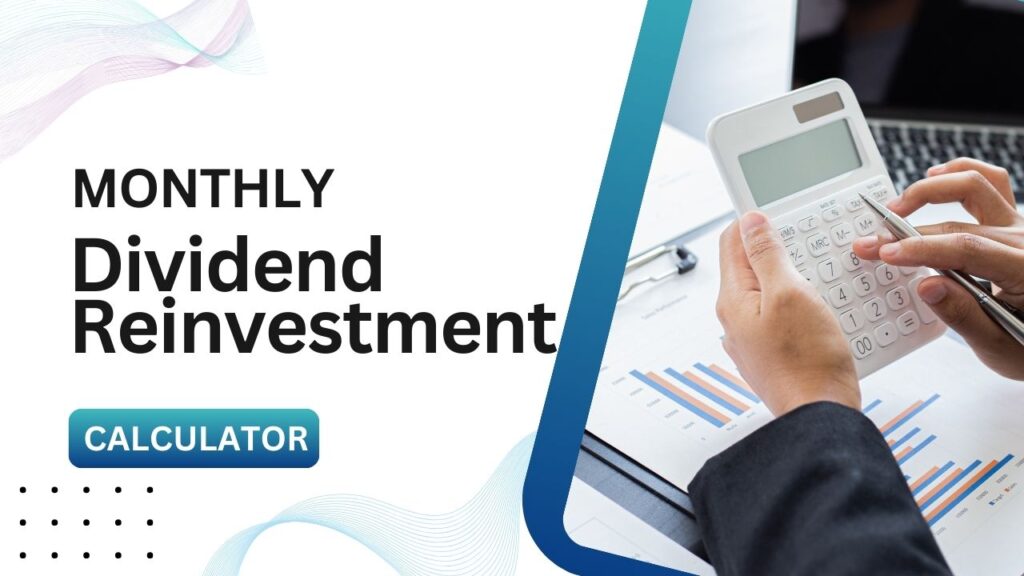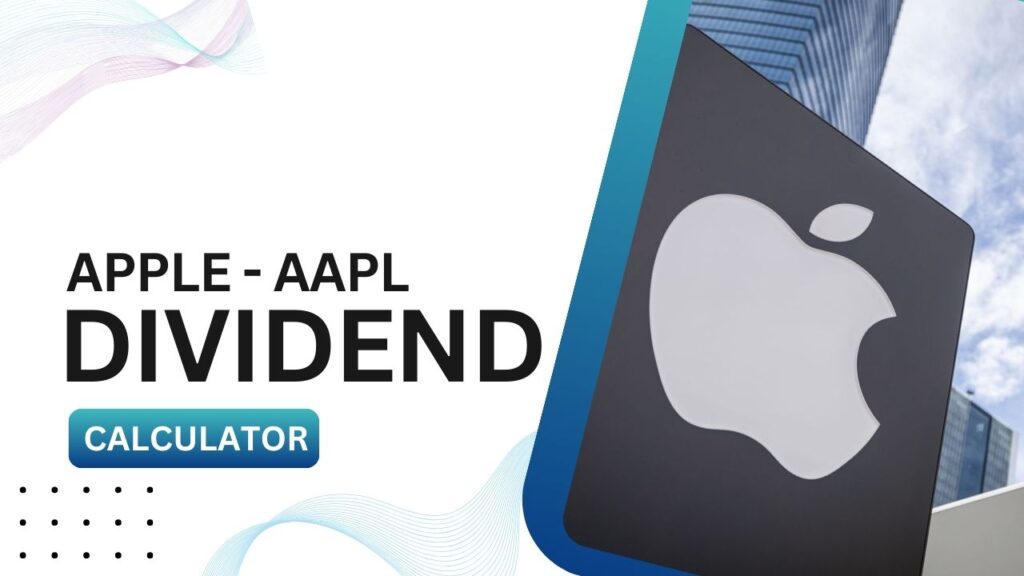Join WhatsApp Group
Join NowDividend Calculator
Calculate your dividend income based on yield or per share amount. Visualize your returns and plan your investment strategy.
Dividend Distribution
| Period | Amount | Total |
|---|
An Exchange-Traded Fund (ETF) is a basket of securities that trades like a stock on the market. Many ETFs include dividend-paying stocks or bonds, which means they pass a share of the income to their investors.
ETF dividends are simply the income that the fund distributes to its unit holders. These payouts come from the dividends collected from the companies inside the ETF.
Investors often want to know how much income they can expect. Instead of doing manual calculations, an ETF dividend calculator gives quick and accurate estimates. It helps beginners and long-term investors understand their potential passive income and compare different ETFs easily.
Table of Contents
What Is an ETF Dividend Calculator?
An ETF dividend calculator is an online tool that estimates the dividend income you can earn from an ETF.
Here’s what it does:
- Calculates monthly, quarterly, and yearly earnings
- Uses inputs like ETF price, dividend yield, and units owned
- Helps you understand expected returns before investing
What It Uses
- ETF Price (NAV): Market price per unit
- Dividend Yield: Yearly return percentage
- Units Owned: Number of ETF units you hold
- Payout Frequency: Monthly, quarterly, or annual
- Dividend per Unit: Some ETFs declare this directly
The calculator uses these values to predict your income in seconds.
How ETF Dividends Work
ETF dividends are the earnings passed from the companies inside the ETF to the investor.
Key Terms
- Dividend Yield: Percentage return based on the ETF’s market price
- Dividend per Unit: Actual payout per unit
- Payout Frequency: Monthly, quarterly, or annual payments
- Pass-Through Structure: ETFs collect dividends from stocks inside the fund and pass them to investors
Payout Types Table
| Payout Type | Meaning | Example |
|---|---|---|
| Monthly | Paid every month | Many US dividend ETFs |
| Quarterly | Paid 4 times a year | Most Indian ETFs |
| Annual | Paid once a year | Some global ETFs |
Inputs of an ETF Dividend Calculator
| Field | Meaning | Example |
|---|---|---|
| ETF Price (NAV) | Market price per unit | ₹50 |
| Dividend Yield | Yearly yield % | 3% |
| Units Owned | Number of ETF units | 200 |
| Frequency | Monthly/Quarterly/Annual | Quarterly |
Formula Used
Most calculators use either of these:
1. Based on Investment Value
Dividend Income = (Investment × Dividend Yield) / Frequency
2. Based on Units Owned
Dividend Income = Units Owned × Dividend per Unit
Both formulas give you a simple way to estimate how much you’ll receive per payout.
Step-by-Step Guide: How to Use an ETF Dividend Calculator
- Select your ETF from the list
- Enter the number of units you own
- Add the dividend yield
- Choose the payout frequency
- Click calculate
- Check your monthly, quarterly, and yearly dividend income
It’s simple and takes less than a minute.
ETF Dividend Payout Frequency Table
| ETF Type | Country | Payout Frequency |
|---|---|---|
| Nippon India Nifty 50 ETF | India | Quarterly |
| SBI Nifty Next 50 ETF | India | Annual/Quarterly |
| Vanguard High Dividend Yield ETF (VYM) | USA | Quarterly |
| iShares Monthly Dividend ETF (FDD) | USA | Monthly |
| Schwab U.S. Dividend Equity ETF (SCHD) | USA | Quarterly |
FAQs
1. Do all ETFs pay dividends?
No. Only ETFs that hold dividend-paying stocks or bonds provide dividends.
How often do ETF dividends get paid?
Most ETFs pay quarterly. Some pay monthly or annually.
Are ETF dividends taxed?
Yes, dividends are taxable based on local tax rules.
Can dividend ETFs give monthly income?
Yes. Some US ETFs offer monthly payouts.
An ETF dividend calculator is a simple tool that helps you estimate your income from dividend-paying ETFs. It shows you how much you can earn monthly, quarterly, and yearly, helping you pick the right ETFs for your goals. While dividends can change over time, the calculator gives you a clear starting point for planning passive income and comparing different funds.



